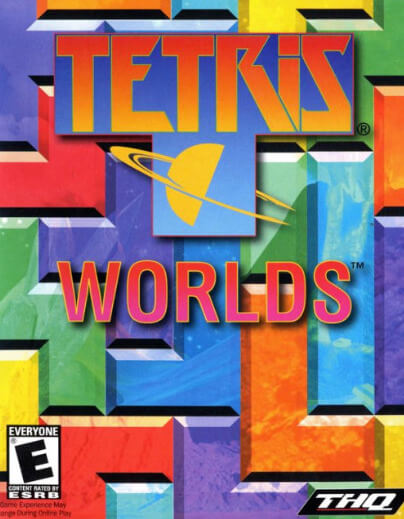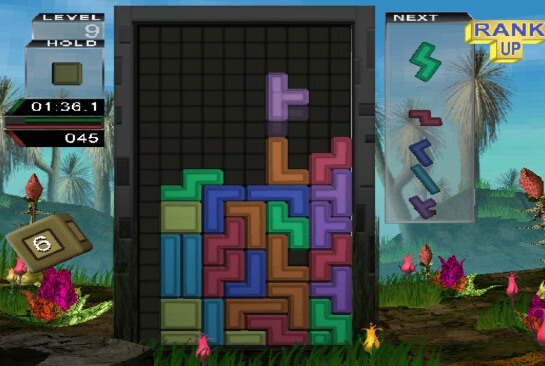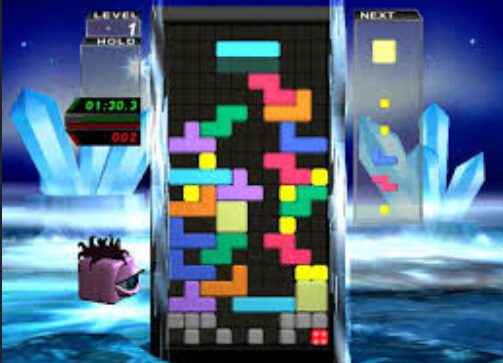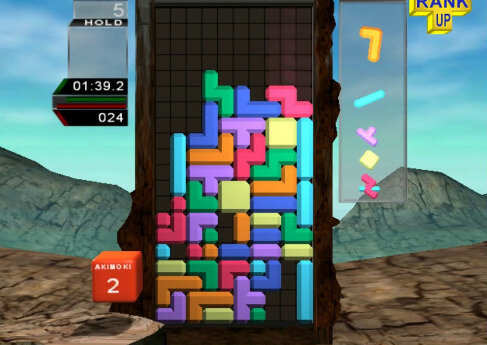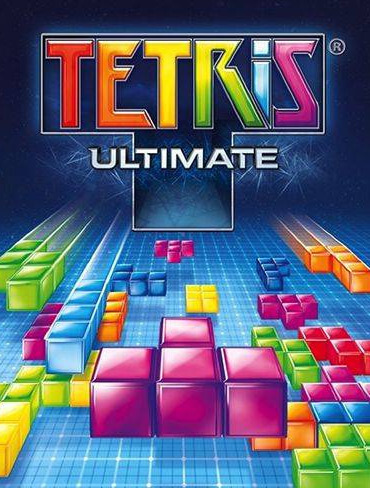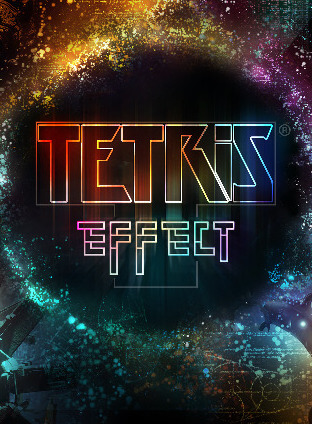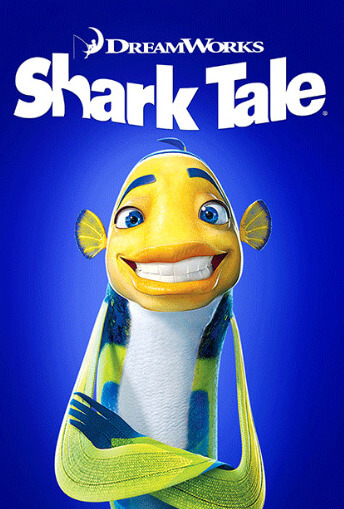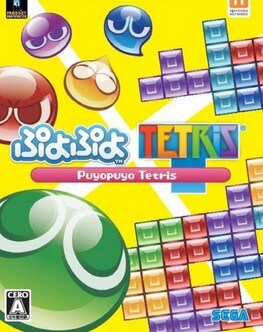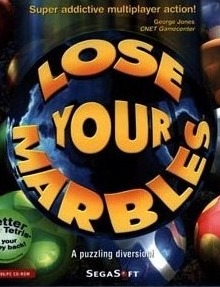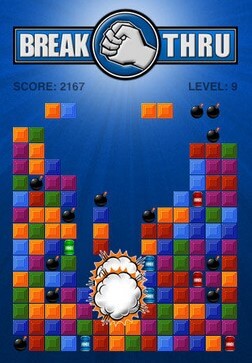Tetris: "Go for a Tetris". A normal Tetris game, where the player plays until he/she loses. Losses occur when the Tetriminos reach the top.
Square Tetris: "Go for a Square". While the player plays Tetris, they also must try to combine Tetriminos into squares. Lines cleared containing 4x4 Tetriminos cause large bonuses. This variant originated from The New Tetris.
Cascade Tetris: "Go for a Cascade".The player must try to clear lines that cause Cascades. Cascades occur when a cleared line cause other Blocks to fall and clear another line.
Sticky Tetris: "Clear the Bottom Line". Players must try to clear the bottom line of "Garbage Blocks". Same-colored Blocks stick together in this mode, hence the name. If 25 same-colored blocks connect, a Critical Mass is formed and are cleared from the Matrix. This variant originated from "The Next Tetris".
Hot-Line Tetris: "Go for a Hot-Line". In this mode, there are six "Hot-Lines" in the Matrix. The player must try to clear lines that are on the Hot-Line. Lines cleared anywhere else earn no points.
Fusion Tetris: "Activate the Atom Blocks". In this mode, there is a "Fusion Block" at the bottom of the Matrix. Players must try to connect falling "Atom Blocks" to the Fusion Blocks. Atom and Fusion Blocks are not cleared in line clears, and clearing a line containing an Atom or Fusion Block causes a Cascade.
Popular Tetris (GBA Version Only): In this hidden mode the game is set up the way the original Tetris game was. The player clears lines to score points and after every 10 lines the level goes up. Scoring increases on higher levels and there is no time limit; however, this mode stops keeping score once a player reaches 1 million (which is more than 999999, the maximum score on the Game Boy version).
Reception
The Game Boy Advance and Xbox versions received "mixed" reviews, while the GameCube and PlayStation 2 versions received "generally unfavorable reviews", according to the review aggregation website Metacritic. In Japan, where the GBA version was ported and published by Success on April 26, 2002, followed by the Xbox version on November 14, and the GameCube version on December 20, Famitsu gave it a score of one six, one four, and two sixes for a total of 22 out of 40 for the GBA version, and 24 out of 40 for the Xbox version.
In the PS2, PC, and GBA versions, gameplay contained one major difference from a normal Tetris game. In classic Tetris, when a Tetrimino touches the bottom of the screen, it locks in place. However, in these versions, the Tetrimino does not lock until the player makes it lock (e.g., by using Hard Drop to lock it immediately), allowing him/her to rotate and move the piece until the player liked it the way it was. Critics said that this made the game too easy (although the countdown clock still runs while the player is using unlimited move and rotate) and GameSpot said that it "broke Tetris". However, the GBA version features a hidden version of classic Tetris (titled "Popular" Tetris) that plays without this feature. It is accessed by holding the L button and pressing select on the "Marathon" game select menu. However, since it is not part of the "Default" presentation, many reviews did not factor in this mode.
In the GameCube and Xbox versions, the "Easy Spin" feature was made optional. However, they still received mostly mixed reviews.
In the United States, Tetris Worlds' Game Boy Advance version sold 960,000 copies and earned $26 million by August 2006. During the period between January 2000 and August 2006, it was the 20th highest-selling game launched for the Game Boy Advance, Nintendo DS or PlayStation Portable in that country.
By July 2006, the PlayStation 2 version of Tetris Worlds had sold 850,000 copies and earned $18 million in the United States. Next Generation ranked it as the 71st highest-selling game launched for the PlayStation 2, Xbox or GameCube between January 2000 and July 2006 in that country.
